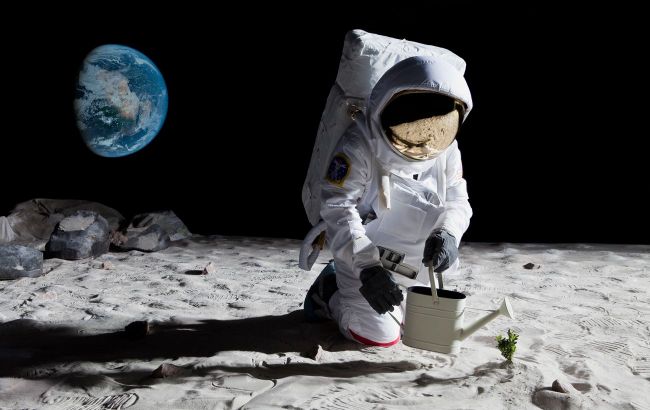NASA answers what happens to astronaut's body if they die in space
 What happens to the body of an astronaut who dies in space (Illustrative photo: Getty Images)
What happens to the body of an astronaut who dies in space (Illustrative photo: Getty Images)
Dying in space is not an easy feat, and so far, the only person who has done so is astronaut Eugene Shoemaker. His ashes were sent aboard the Lunar Prospector to the Moon. However, all humans, including astronauts, are vulnerable to death in space.
What would happen to an astronaut's body if they were to die in space? This is explains IFL Science.
If this were to happen on the International Space Station, the body of the deceased astronaut would be kept in cold storage and later sent back to Earth. NASA is also considering other options, such as ejecting the body into space or destroying it during reentry into Earth's atmosphere.
"If someone died while on an EVA I would bring them inside the airlock first. I would probably keep them inside their pressurized suit; bodies actually decompose faster in a spacesuit, and we don’t want the smell of rotting meat or off gassing, it’s not sanitary. So we would keep them in their suit and store it somewhere cold on the station," said astronaut and former ISS commander Chris Hadfield.
In the case of death during a long-duration mission, such as a flight to Mars, it would be very difficult to keep the body cold. Therefore, scientists are considering another option – cryogenic freezing and body disintegration using a robotic arm outside the spacecraft.
If an astronaut were to die on the Moon, their body would not decompose in the usual manner. Due to the absence of atmosphere and bacteria, the body would quickly dry out and freeze, becoming a kind of lunar mummy. Radiation and temperature fluctuations would gradually break down the body, but this process could take millions of years.
NASA is already preparing for future tourist flights and is thinking ahead about what to do with bodies. This issue has both practical and ethical aspects, as contaminating other celestial bodies with Earth microbes is not an option. Therefore, they are considering cremation or burial on the Moon.
We also wrote about what the inside of the International Space Station looks like.

